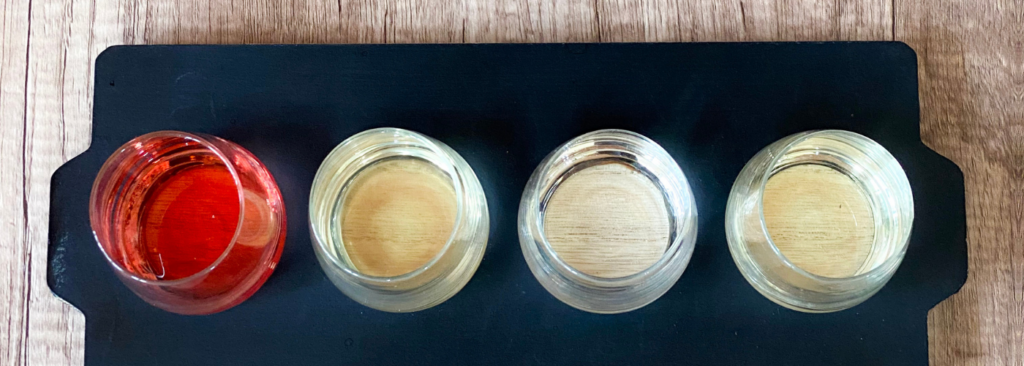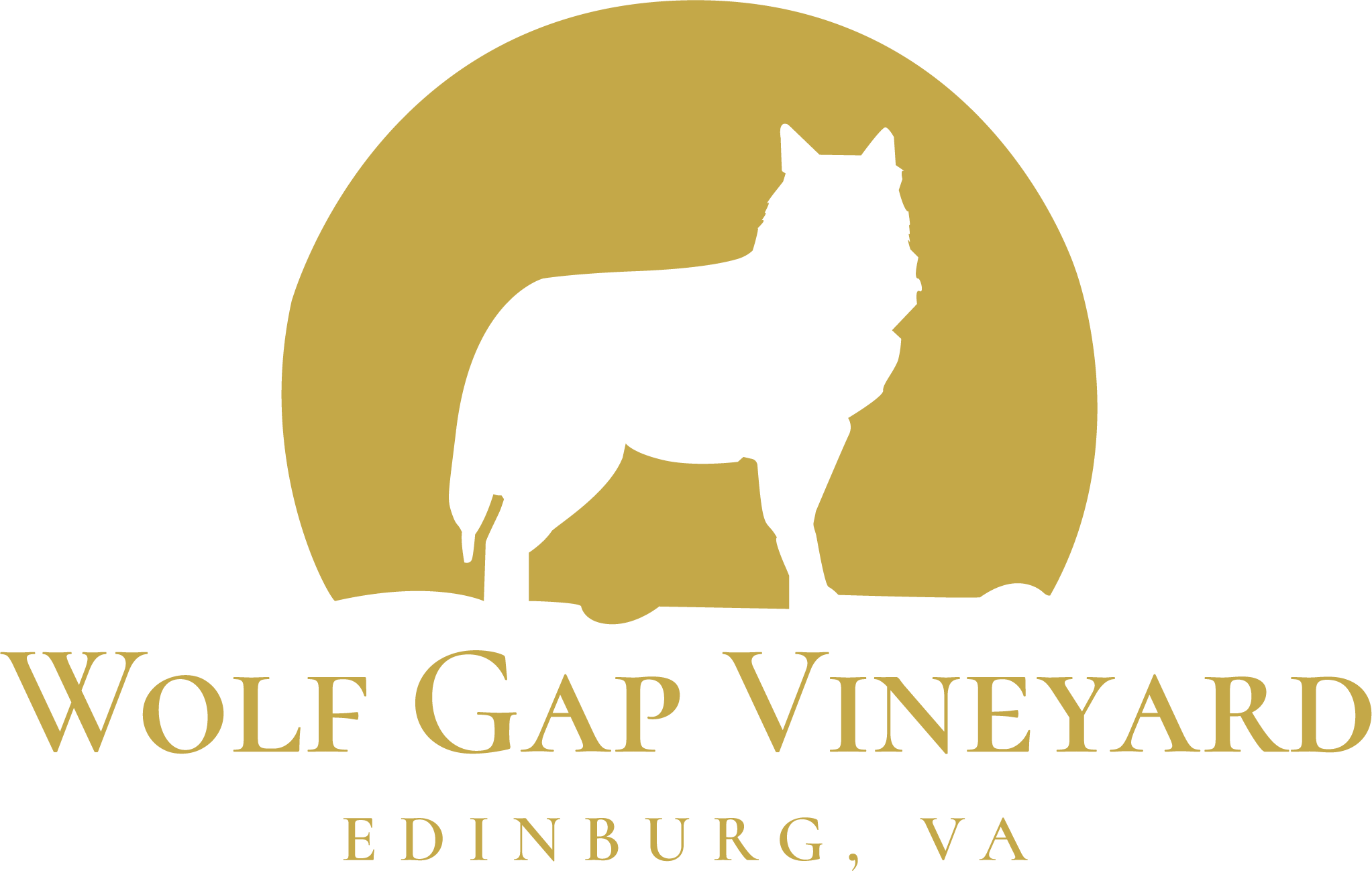
Savoring the Flavors: A Beginner's Guide to Wine Tasting
Wine tasting is an art form that allows you to explore the intricate flavors and aromas of different wines. Whether you’re a novice or a seasoned enthusiast, this guide will walk you through the basics of wine tasting, helping you develop your palate and appreciate the nuances of each sip. So, grab your wine glass, and let’s embark on a journey of sensory delight!
Step 1: Choosing the Wine
When it comes to wine tasting, the first step is selecting the right wines to sample. Consider starting with a guided tasting. At Wolf Gap Vineyard, we offer a variety of dry, off dry and semi-sweet wines. If you know you favor dry wines or just reds, consider a flight of wines. Our flights are customized and include 4 wines and the pour is larger than a tasting.
Step 2: Setting the Stage
If you’re wine tasting at home, creating the right ambiance can enhance your wine-tasting experience. Ensure you have a quiet, well-lit area with minimal distractions. Use clean wine glasses specific to each wine to prevent residual flavors from previous tastings. A white tablecloth can provide a neutral backdrop, allowing you to observe the color and clarity of the wine effectively. For the perfect variety of wines to try in the comfort of your own home, visit our online shop, where all your Wolf Gap favorites or the ones you have been dying to try, can be shipped straight to you.
Step 3: Observing the Wine
Before diving into the tasting, take a moment to appreciate the visual aspects of the wine. Hold your glass against a light source and observe the color, transparency, and viscosity. Reds can range from deep purples to brick reds, while whites can vary from pale yellows to golden hues. Note the intensity and clarity of the color, as it can offer insights into the wine’s age and grape variety.
Step 4: The Aromas
Swirl the wine gently in your glass to release its aromas. Stick your nose into the glass and take a few short sniffs, then a longer one. Note any distinct scents, such as fruits, flowers, spices, or oak. Swirling the wine helps release volatile compounds, revealing its bouquet. Remember, your sense of smell is a crucial part of the tasting process, so take your time to explore the complex aromas.
Step 5: Tasting the Wine
Now comes the exciting part—tasting the wine. Take a small sip and let it coat your entire mouth. Consider the following elements:
- Flavor: Pay attention to the wine’s primary flavors. Is it fruity, floral, or earthy? Can you detect specific fruits or spices? Try to articulate what you are experiencing. Examples of specific flavors in wines can be found in our collection. For fruity flavors, try our Blueberry Wine or Chardonnay. A notable example of a wine with floral components is our Lobo Loco. Our Viognier-Traminette is also a fitting example of a wine with an earthy essence.
- Acidity: Notice the wine’s level of acidity, which contributes to its freshness and crispness. Higher acidity wines will make your mouth water, while lower acidity wines may feel smoother.
- Tannins: Tannins are compounds found in red wines that contribute to their structure and mouthfeel. Are they strong, giving a drying sensation, or milder and more velvety? An example of a dryer wine would be our Lobo Seco, meaning “Dry Wolf”. A more full, velvety wine is our 2021 Cabernet Sauvignon.
- Body: Evaluate the wine’s body, which refers to its weight and texture on the palate. Is it light-bodied, like our Viognier- Traminette, medium-bodied, like our Chambourcin Bleu or full-bodied like our award winning 2017 Chambourcin?
- Finish: Pay attention to the aftertaste or finish of the wine. Does it linger on the palate, and if so, are the flavors pleasant?
Step 6: Taking Notes
As you taste different wines, taking notes to remember your impressions can be helpful. Record the wine’s name, region, and vintage. Note the appearance, aroma, flavor, and any additional comments you have. Over time, this practice will assist you in developing your palate and recognizing your preferences.
Step 7: Experiment and Explore!
Wine tasting is an incredible opportunity to indulge in the diverse and captivating world of wines. It is a journey of discovery, where one should embrace the excitement of experimentation and exploration. Instead of being afraid to step outside your comfort zone, it is important to open your mind and palate to the vast array of flavors and aromas of different wines. By venturing into unfamiliar territories and trying new varietals, regions, and styles, you broaden your wine knowledge and develop a deeper appreciation for the intricacies of winemaking. Each sip becomes a chance to uncover hidden gems and unexpected pleasures. So, let go of any hesitations and dive into the world of wine.
If you’re eager to put your newfound wine-tasting skills to the test, stop by Wolf Gap Vineyards for a delightful experience. Located in the heart of Shenandoah Valley wine country, we offer a wide selection of exceptional wines that showcase the region’s unique terroir. With the tasting room open daily from 12-6 pm, you can indulge in the exquisite wines and discover your favorites. Not a local? Not a problem! You can order our wines straight to you through our online shop. So, mark your calendar, gather your friends or loved ones, and embark on a memorable wine-tasting journey with Wolf Gap Vineyard. Cheers!

Two for one wine tasting !